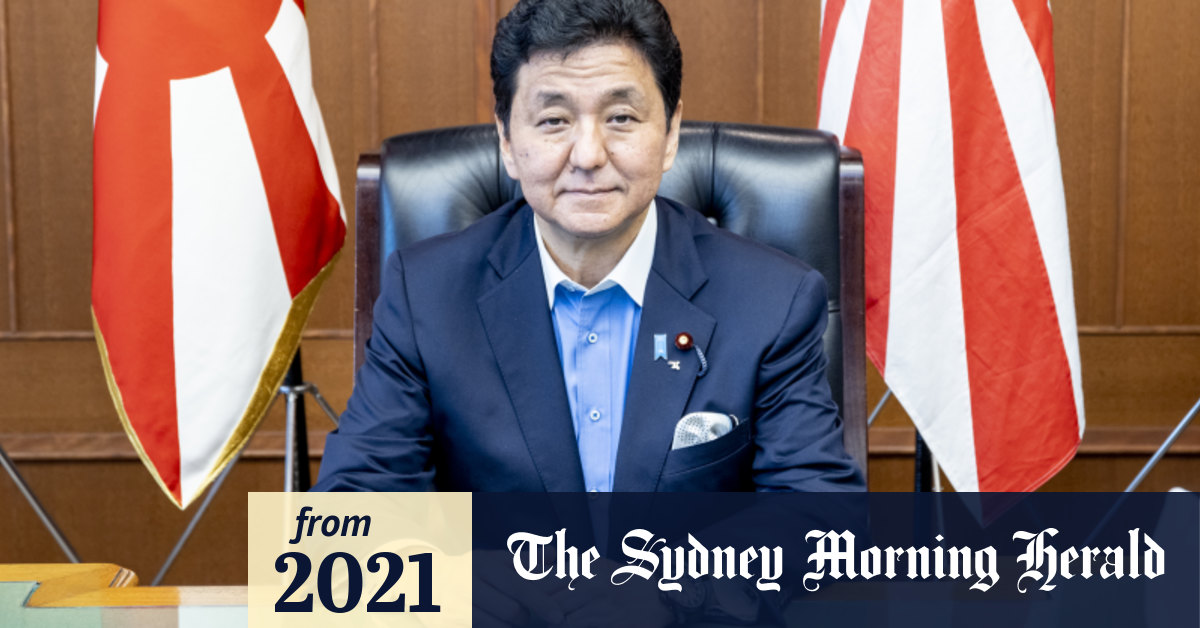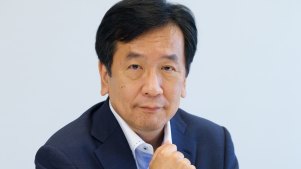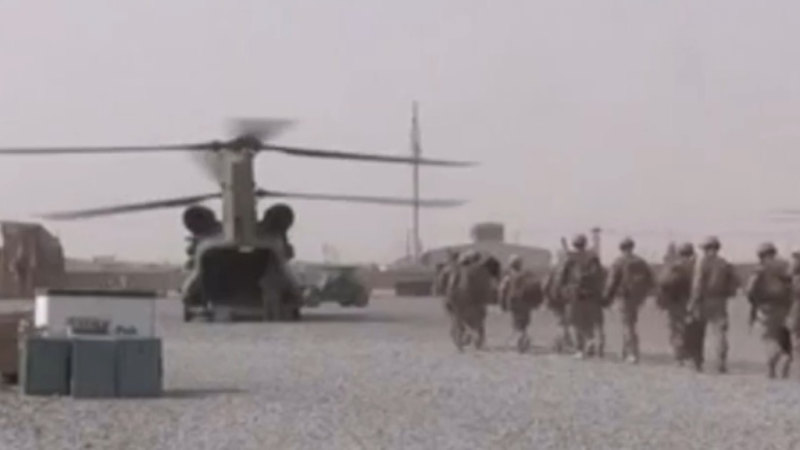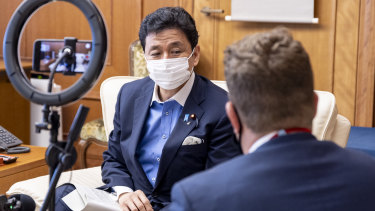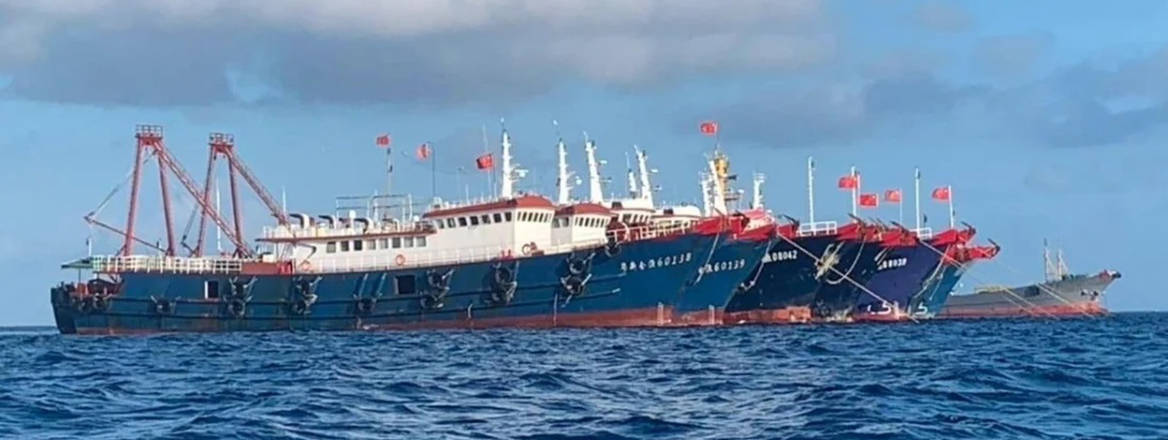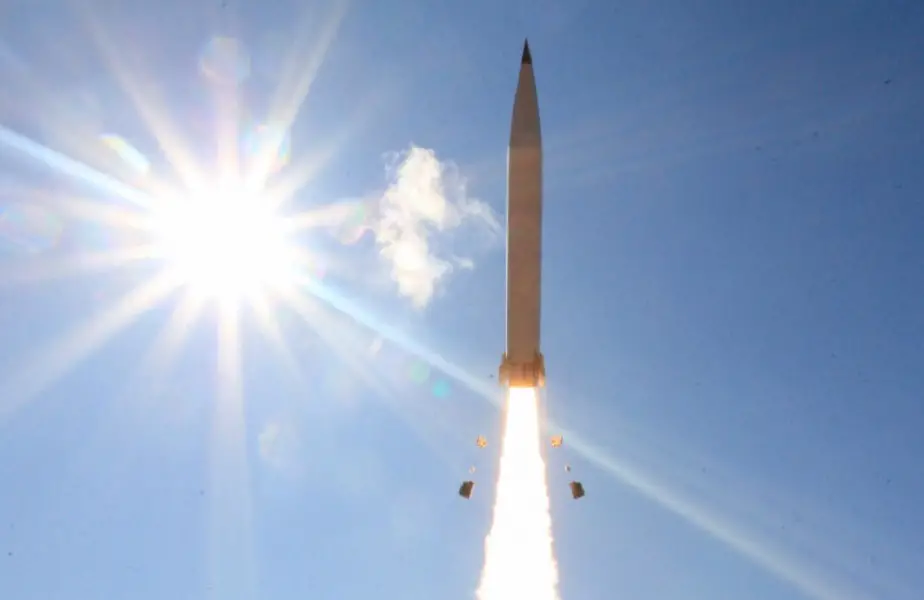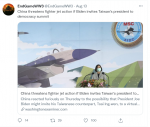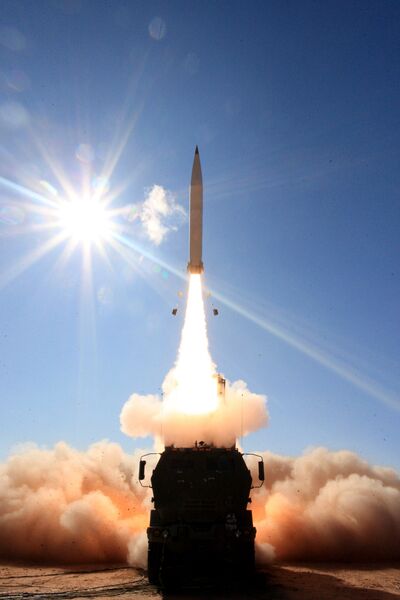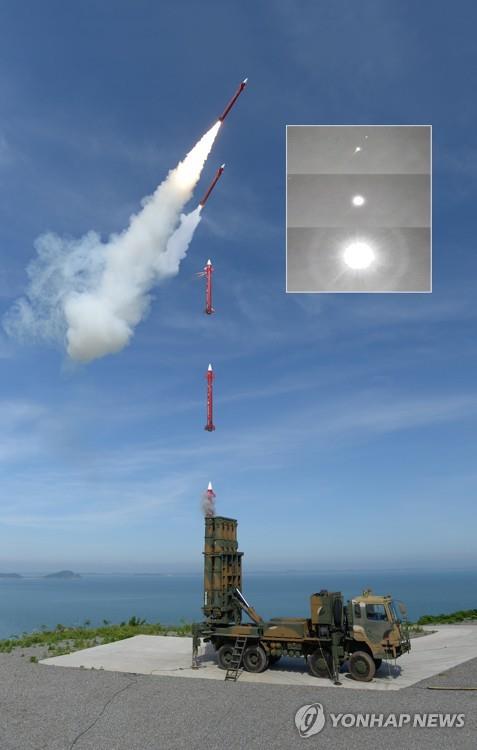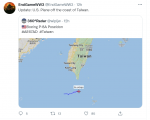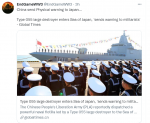China's Xi Eyes Return to Communist Party Roots Amid Private-Sector Crackdown; President is signaling plans to more assertively promote social equality, with the catchphrase ‘common prosperity' appearing everywhere
Wednesday, August 18, 2021, 8:26 AM ET
Wall Street Journal
By Keith Zhai and Stella Yifan Xie
China gave priority to economic growth for most of the past 40 years. Now, Xi Jinping is signaling plans to more assertively promote social equality, as he tries to solidify popular support for continued Communist Party rule.
The push is captured by a catchphrase,
“common prosperity,” now appearing everywhere in China, including in public speeches, state-owned media and schools—and in comments from newly chastened business tycoons like Jack Ma.
Like many Communist Party slogans, details remain vague. But officials and analysts who have tracked the phrase’s use say it is meant to convey the idea that leaders are returning to the party’s original ambitions to empower workers and the disadvantaged, and will limit gains of the capitalist class when necessary to address social inequities.
In a major meeting on financial and economic affairs Tuesday, President Xi described the wider goal of
“common prosperity” as an “essential requirement of socialism.”
The government needs to “encourage high-income people and enterprises to give back to society more,” and “create opportunities for more people to become rich,” state-run Xinhua News Agency cited an official report of the meeting as saying.
The new policy priority is a factor in China’s recent clampdowns on powerful technology companies and other businesses whose growth and market clout are seen as contributing to social divides, experts and industry insiders say. The moves include fines for companies like Alibaba Group Holding Ltd. for antitrust failings, and a declaration that after-school tuition should become a not-for-profit industry to reduce families’ education costs.
The government’s messaging could also mean more rule changes are coming in areas such as healthcare, pensions and social welfare, they say.
The push builds on earlier announcements by Chinese leaders, who have been trying to focus more on quality of growth as they address downsides of rapid development like environmental pollution. When Beijing unveiled a new five-year plan this year in the midst of the Covid-19 crisis, it abandoned the long-term tradition of setting a numerical gross domestic product target, a sign it wants to play down emphasis on growth for growth’s sake.
“Xi Jinping is seeking to rebrand the Communist Party’s image domestically and internationally” by reducing income gaps and shifting to higher-quality development, said Bill Bikales, a former senior economist for the United Nations in China. “He wants this to demonstrate that socialism is better than Western capitalism in caring for all the population.”
How wealth is distributed has always preoccupied the Party, though its views have morphed over the years. Mao Zedong once branded capitalists as enemies of the Chinese people. In the 1980s, Deng Xiaoping said it was OK to “let some people get rich first” as China embraced market reforms, though he also highlighted the need for wealth to be spread across society eventually.
Unequal wealth distribution is now a major concern. While living standards have risen dramatically in China, the country’s Gini-coefficient, a measure of inequality, widened to 70.4 in 2020 from 59.9 in 2000, making China one of the world’s most unequal major economies, according to data from Credit Suisse.
Premier Li Keqiang made a stir last year when he revealed that more than 600 million people, or over 40% of China’s population, had monthly income under $140, while many Chinese complain privately about the sway of rich business tycoons.
The phrase “common prosperity,” though not totally new, started appearing much more widely after China said last year that it had succeeded in eradicating extreme poverty, achieving a longstanding goal of becoming what it called a “moderately prosperous society.”
In a February speech celebrating that achievement, Mr. Xi highlighted reaching “common prosperity” as the next stage of China’s development.
Around that time, Mr. Ma, co-founder of Alibaba and fintech giant Ant Group, made his first public appearance after authorities shut down Ant’s planned initial public offering, and said it was entrepreneurs’ responsibility to “work hard for rural revitalization and common prosperity.”
In June, Mr. Xi picked eastern Zhejiang province, where he once served as a top leader, as a “common prosperity” pilot zone. Under the plan, the province aims to lift average per capita disposable income to 75,000 yuan(US$11,600) by 2025, from around 52,000 yuan in 2020.
The plan also pledges to narrow the gulf between rich and poor and reform income allocation by adjusting “excessively high income,” cracking down on illegal gains and encouraging businesspeople to expand philanthropy.
Yuan Jiajun, Zhejiang’s party boss, said the province is trying to showcase to the rest of the country that it is possible to close gaps between regions and in people’s incomes. He also tried to reassure the business community that the program isn’t about “kill the rich and help the poor,” according to state media.
Investment bankers, bloggers and Chinese entrepreneurs have zeroed in on the “common prosperity” theme, seeking to explain its implications.
In a 50-plus page report released earlier this month, Morgan Stanley economists noted that China’s new emphasis on “getting rich together,” or “common prosperity,” would likely mean further regulatory headwinds for companies in sectors associated with rising social inequality, and more support for businesses linked to healthcare and green energy.
“Compared with just five years ago, China’s leadership is paying a lot more attention to social equality,” said Larry Hu, chief China economist at Macquarie Group. In addition to cracking down on tech companies like Ant, which regulators accused of luring young people into debt traps, he said Beijing’s priorities now include diverting more financial support to poorer regions and taming property prices.
Gaming and social-messaging company Tencent Holdings Ltd. said in April that it would spend $7.7 billion toward curing societal ills and lifting China’s countryside out of poverty. More recently, Meituan founder Wang Xing donated a $2.3 billion stake in the Chinese food-delivery giant to his own philanthropic foundation to fund education and science.
Mr. Xi was already envisioning a shift toward more emphasis on social equality before he took power in 2012, as a once-a-decade power struggle within the party entered its final days, according to people familiar with his thinking.
The debate was expressed publicly through obscure talk about cake, a metaphor for China’s wealth, these people said.
Some officials argued for first making the cake bigger and then distributing it. Others, including Bo Xilai, a party chief in Chongqing who was seen as a contender for higher office before being sentenced to life imprisonment for corruption and abuse of power, insisted on first distributing the cake more equally before making it bigger.
Mr. Xi, who was vice president at the time, agreed with neither groups, the people said. He said that his goal was to both make a bigger cake while also distributing it equally and that one shouldn’t contradict the other.
More recently, China’s relatively strong recovery from the Covid-19 pandemic has given the leadership more flexibility to pursue its longstanding social goals, after addressing other priorities like corruption, experts say.
The end of Mr. Xi’s second term in office—and his expected push for a third term in a power reshuffle next year—may be adding some urgency to the “common prosperity” push, especially with growth now starting to slow.
“Xi is hoping to calm the public as the economy slows down and intends to appear concerned about popular livelihoods,” said Dorothy Solinger, a professor emerita of political science at the University of California, Irvine.
But “there are still many forgotten poor people in China who’ve been left out and will continue to be.”
Write to Keith Zhai at
keith.zhai@wsj.com and Stella Yifan Xie at
stella.xie@wsj.com
China’s Xi Eyes Return to Communist Party Roots Amid Private-Sector Crackdown - WSJ



